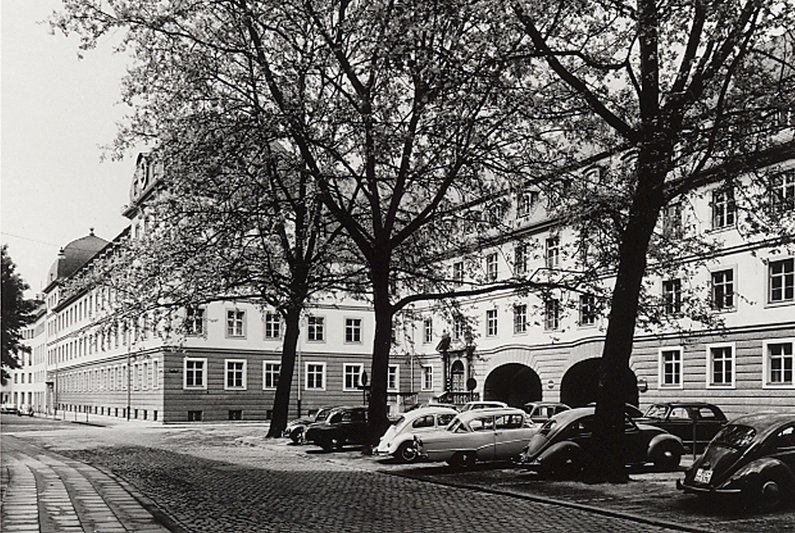The post-World War II period was not the first time that Germany had been occupied by foreign forces. In the wake of Germany’s defeat in World War I, foreign troops occupied the Rhineland, where for seven years they oversaw the demilitarised zone that had been established there. Upon being planned in 1922, the building complex on Bottlerplatz (which today houses the municipal library, among other facilities, known as the Main Library in "Haus der Bildung") was slated to serve as an administrative building for French occupying forces; but upon completion in 1925, it became the Bonn city administration office building.
From 1949 to 1957 parts of the building housed the relatively small Federal Ministry of All-German Affairs. During Adenauer’s “Western Orientation” period, the building was freighted with symbolism, for its very existence evoked the fact that West Germany found the division of Germany into East and West completely unacceptable.
